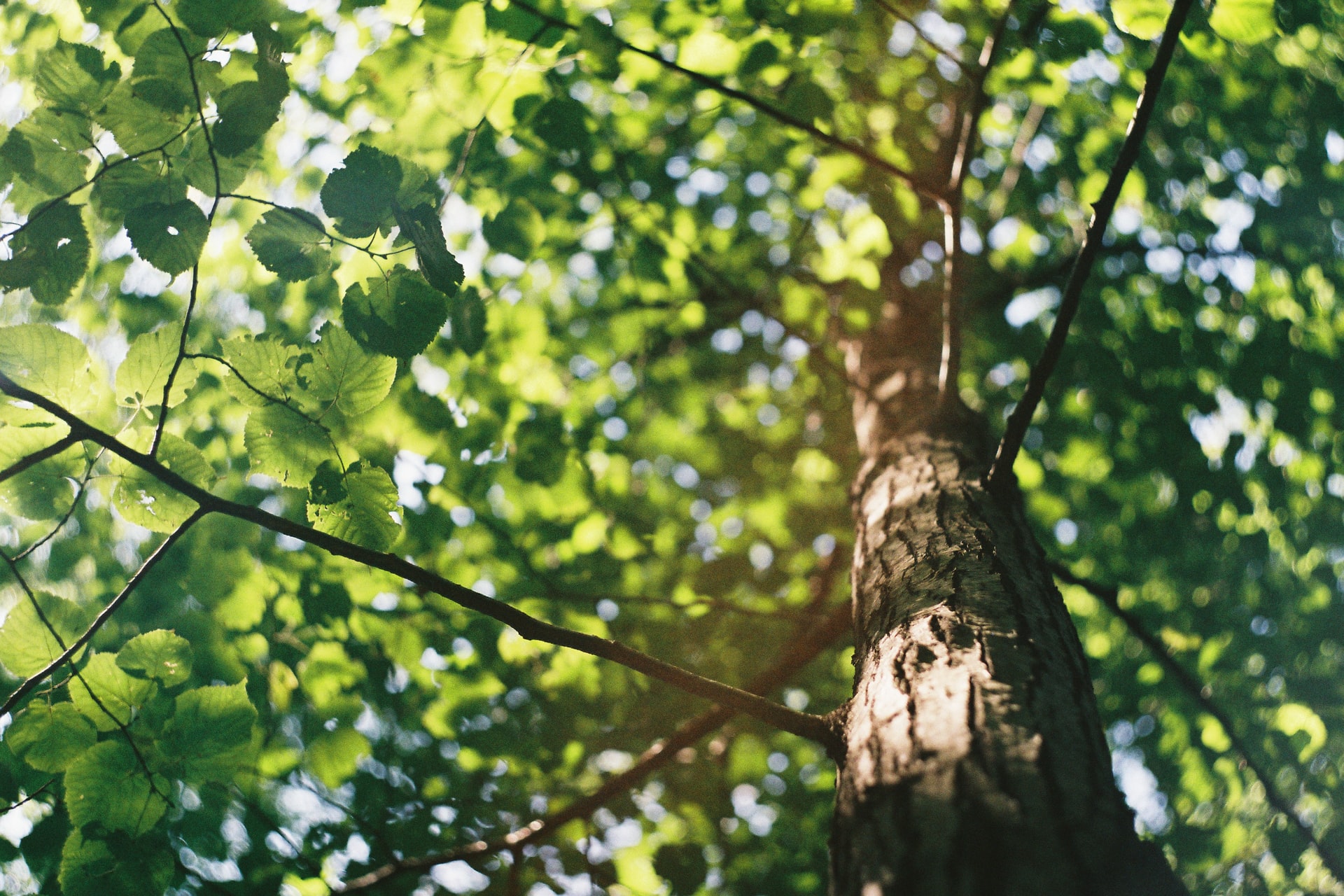
What’s the Difference Between Deciduous and Coniferous Trees?
We are reader-supported. When you buy through links on our site, we may earn affiliate commission.
If you’ve ever gone for a winter hike in an evergreen forest, you’ve seen beautiful green branches covered in snow. However, right next to these mighty evergreens are trees with only a few crumpled brown leaves still clinging to their branches. What gives? These are deciduous and coniferous trees.
Trees are classified as evergreen or deciduous trees, depending on whether they shed their leaves in the winter. The term coniferous refers to trees that reproduce with cones rather than with flowers. Read on to learn more about the different types of trees and how easily these terms can overlap.
Deciduous vs. Evergreen
Evergreen trees are green all year. Their leaves are typically compact, scaly and full of resin so they can survive a range of temperatures. This kind of tree often has needles for leaves, although there are some exceptions. Although evergreen trees do replenish their leaves, they never all fall off at once.
Because evergreen trees are able to gather energy from the sun all year, they grow slowly and live for a long time – some up to 2000 years. They’re sometimes called softwoods because their wood is less dense than that of deciduous trees. The small surface area of their leaves allows evergreens to store water efficiently, which means they can grow in dry and rocky environments.
Deciduous trees lose their leaves each year before the cold or dry season. These trees typically grow thin, wide leaves that gather energy from sunlight quickly. At the end of the growing season, deciduous trees move nutrients from their leaves to their roots by a process called abscission.
These nutrients sustain deciduous trees until they have access to plentiful warmth and water again. Because of their growing cycle, deciduous trees create much harder wood than evergreen trees. They grow faster than evergreen trees but don’t live as long – typically only 100 to 500 years.
Coniferous vs. Non-Cone Bearing
The term coniferous comes from the Latin for “bearing cones.” This word refers to how a tree reproduces rather than whether it’s green all year. Many evergreens are conifers, but the terms aren’t synonymous with each other. Some evergreens are non-cone bearing and use flowers for reproduction instead.
When they’re ready to reproduce, coniferous trees release pollen from male cones into the air. These trees rely on wind to pollinate female cones. Some trees have both kinds of cones, while others only have one kind. After seeds mature, natural elements like wind, fire and wildlife spread them across the forest floor.
Non-cone-bearing trees reproduce very differently. They flower during the spring and are pollinated by birds, bees and insects. Once pollinated, seeds develop into fruit over the summer. These fruits are eaten by wildlife that takes seeds far away from the original tree.
Identifying coniferous trees can be tricky because not all cones are as obvious as pinecones. However, all trees that bear fruit are non-cone bearing trees. With careful examination and patient observation through the seasons, you should be able to spot coniferous and non-cone-bearing trees.
Examples of Deciduous and Coniferous Trees
Some of the most well-known evergreen trees are pine, hemlock, spruce, redwood, fir and yew trees. Within these genera, there are many different species – for example, there are over 100 different species of pine tree alone. There are many other kinds of evergreens, including rhododendrons and some species of holly trees.
Well-known deciduous trees include maples, oaks, elms, birches, dogwoods and fruit trees like apple, cherry and pear. Magnolias, tulip poplars, willows, beeches and ash trees are also deciduous. These trees have many distinct characteristics, but they all lose their leaves in the winter.
Evergreens like pine, spruce and fir trees are all coniferous. However, some broadleaf evergreens like certain holly bushes, boxwoods and mountain laurel reproduce with flowers instead of cones. Juniper bushes and yew trees are coniferous, although it can be difficult to tell. From a distance, their cones look like flowers and fruit.
Most deciduous trees are non-cone bearing. However, there are some exceptions to this rule. For example, larch trees have needles and cones but are deciduous and lose their leaves every year. Other examples of deciduous, coniferous trees include tamarack trees and pond cypresses.
One Last Time
Tree terms can be challenging to keep straight. Here’s a final summary of deciduous and coniferous: Deciduous trees lose their leaves in the winter, while evergreens stay green all year. Trees that reproduce with cones are called coniferous, while trees that develop flowers for seeds are called non-cone bearing.
Although most evergreens are coniferous, some use flowers for reproduction instead. In the same way, most but not all deciduous trees are non-cone-bearing – some have seeds in cones. Use this guide to help you identify what kind of trees you see on your next outdoor hike.
Share on
Like what you read? Join other Environment.co readers!
Get the latest updates on our planet by subscribing to the Environment.co newsletter!
About the author

Jane Marsh
Starting from an early age, Jane Marsh loved all animals and became a budding environmentalist. Now, Jane works as the Editor-in-Chief of Environment.co where she covers topics related to climate policy, renewable energy, the food industry, and more.





